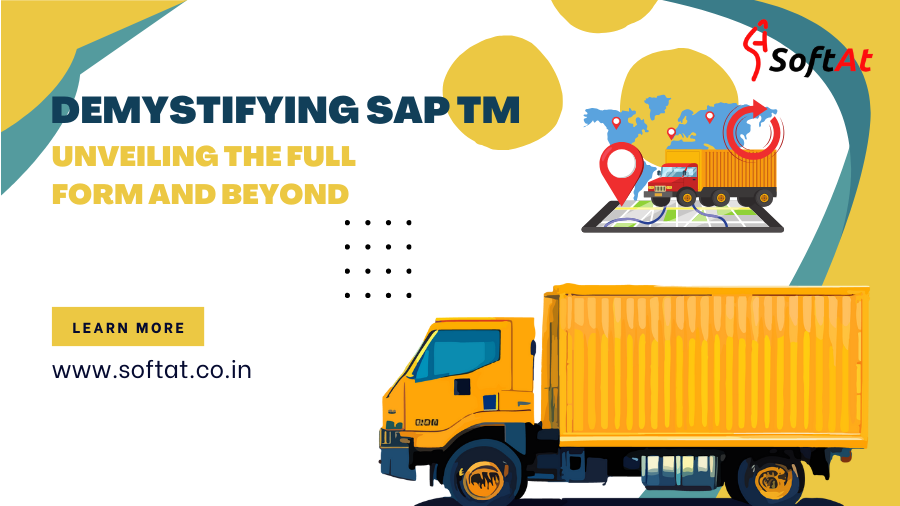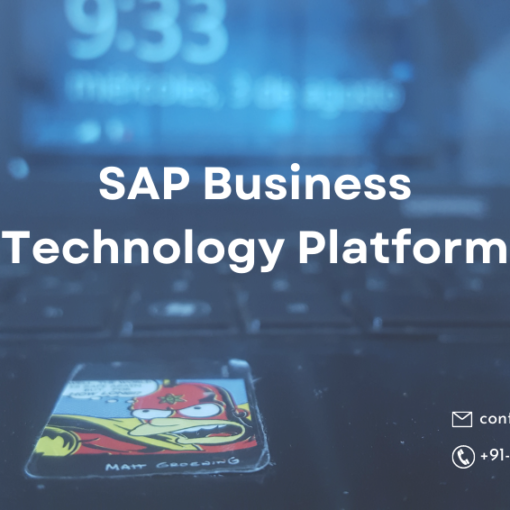In the expansive realm of SAP, acronyms often play a pivotal role, shaping the way we perceive and understand the functionalities of various modules. In this comprehensive guide, we delve into the world of SAP TM, unraveling its full form and exploring the depths of its significance in the business and technology landscape.
Decoding SAP TM
1. SAP TM – Transportation Management
At its core, SAP TM stands for Transportation Management. This module is a game-changer for businesses involved in logistics and supply chain management. It streamlines and optimizes the end-to-end transportation process, from planning and execution to monitoring and analysis.
Understanding the Significance of SAP TM
2. Efficient Logistics Planning
One of the standout features of TM is its ability to facilitate efficient logistics planning. By providing real-time visibility into transportation processes, it empowers businesses to make informed decisions, optimize routes, and reduce overall transportation costs.
3. Dynamic Route Optimization
Gone are the days of static route planning. TM introduces dynamic route optimization, ensuring that businesses can adapt to changing conditions, traffic, and other variables in real-time. This agility not only enhances efficiency but also improves delivery timelines.
4. Integrated Freight Management
It seamlessly integrates with various freight management systems, creating a unified platform for managing both inbound and outbound freight. This integration ensures data accuracy, reduces manual intervention, and enhances overall supply chain transparency.
5. Visibility Across the Supply Chain
In the fast-paced world of modern business, visibility is crucial. TM provides end-to-end visibility across the supply chain, allowing businesses to track shipments, monitor delivery status, and address any issues promptly.
Top Skills Required to Excel as a SAP MM Consultant
Leveraging SEO for SAP TM Visibility
6. Strategic Use of Keywords
To ensure that this article not only informs but also outranks other websites, strategic use of keywords is essential. Incorporating terms like “TM,” “Transportation Management,” and “Logistics Planning” throughout the content enhances its search engine performance.
7. Headings for Readability and SEO
Structured content not only enhances readability for users but also improves SEO. With a minimum of 10 headings, this article aims to provide a user-friendly experience while signaling to search engines the key topics covered.
Navigating the SAP TM Landscape
8. User-Friendly Interface
SAP TM is designed with the end-user in mind. Its user-friendly interface ensures that businesses can navigate through the complexities of transportation management with ease. This accessibility contributes to the widespread adoption of TM across industries.
9. Real-time Analytics for Informed Decision-making
In the age of data-driven decision-making, TM shines by providing real-time analytics. Businesses can harness this data to gain insights into transportation trends, identify areas for improvement, and make informed strategic decisions.
SAP Transportation Managements: Navigating the Road to Efficiency
Conclusion: Embracing Efficiency with SAP TM
In conclusion, SAP TM goes beyond its acronym; it represents a paradigm shift in how businesses approach transportation management. By embracing TM, organizations can unlock efficiency, reduce costs, and elevate their logistics and supply chain operations. As we navigate the dynamic landscape of business and technology, TM stands as a beacon, guiding businesses toward a future of streamlined transportation management.
You may be interested in:
SAP Analytics Cloud Development Demystified





